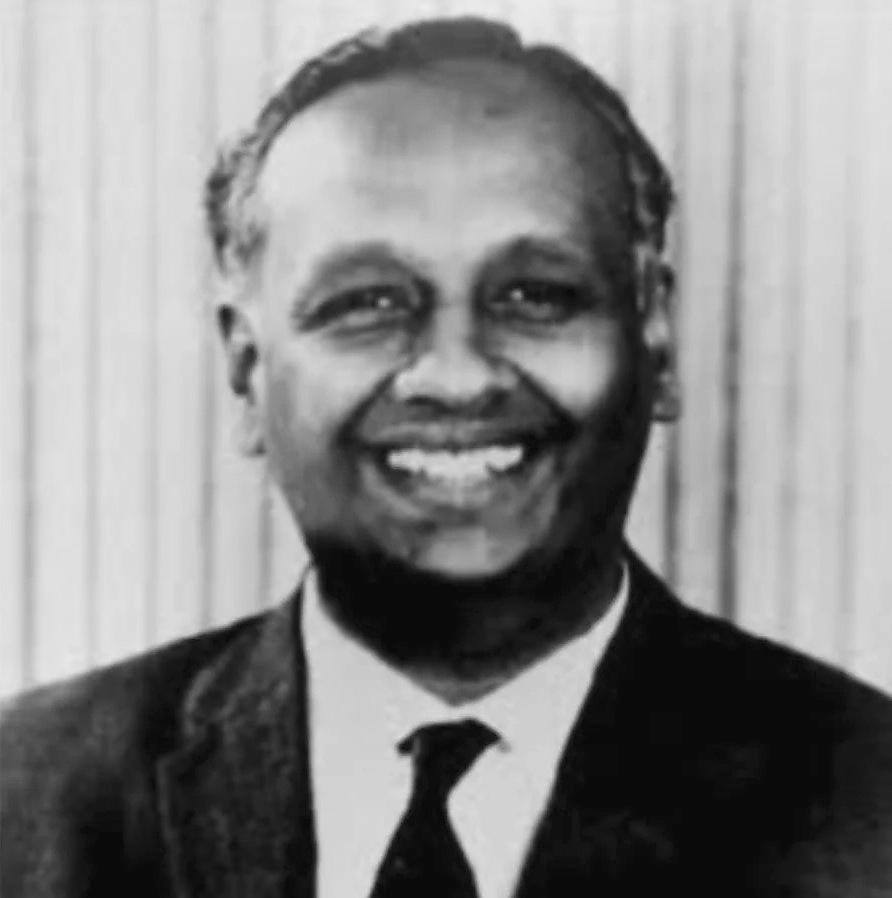RECENT reminiscences of the late Tun V.T. Sambanthan tended to emphasise his humility, integrity and vision in service to the nation; in particular his self-sacrifice in the cause of uplifting the Indian community, especially those mired with the low-income syndrome.
He was a Tamil aristocrat, born and bred in rural Sungai Siput, who rose to become a minister when the nation attained independence on Aug 31, 1957.
He was consecutively minister of Labour, Health, Works, Posts and Telecommunications and, finally, National Unity, a vital portfolio after the trauma of May 13.
Most if not all the tributes posted on Sambanthan focused on his strategy in purchasing 22 British-owned rubber and coconut plantations to prevent the workers in these estates from being thrown out of work along with their families following fragmentation of the estates by capitalist cartels.
It was by any measure a strikingly bold move and for Sambanthan to single-handedly achieve it, so movingly recounted by Kunjajari, his daughter, rendering him a national icon.
It was all done by collecting RM10 per month from the workers of the estates concerned.
Today, his National Land Finance Co-operative Society is a flourishing enterprise in the heart of Kuala Lumpur.
What was not given the prominence which it deserved was Sambanthan’s attempts through education to uplift a lot of poor rural Indians.
He was the first Indian to build a Tamil school, named after Mahatma Gandhi, with the help of a colleague on their estate land in Sungai Siput, mainly for estate children.
It had the unique distinction of being opened officially by Madame Vijayalakshmi Pandit, sister of India’s first prime minister, Pandit Jawaharlal Nehru.
Vijayalakshmi at the material time was president of the United Nations General Assembly. Prior to the opening, Sambanthan was able to procure a statue of Mahatma from India and installed it in the school compound which in itself, considering the time factor, was a rare feat.
In his ministerial role, he had to deal with a whole host of problems as the nation, under the leadership of the Tunku, sought to consolidate the fruits of Merdeka.
National unity and modernisation through accelerated economic development were the priorities of the day.
All of it required careful strategising and practical acumen as the resources available were limited.
Change management was equally crucial because of political imperatives as the government was elected on adult franchise and peoples’ expectations were high.
In all the ministries which he headed, Sambanthan had to provide leadership to find solutions to the problems which he confronted.
There was not only the problem of money but of human resource, which had drained away much-valued human expertise.
The period that Sambanthan spent in the Ministry of Works, Posts and Telecommunications can be reckoned as the most productive in laying the foundations to modernise the country.
It was during this time when an extensive network of roads was built, ferries across massive rivers were replaced by solid bridges. Other infrastructural projects were implemented at an accelerated pace.
Institutional buildings ranging from Museum Negara, Stadium Negara, Subang International Airport, Parliament and the Maternity Hospital, Kuala Lumpur to name a few, were all built during Sambanthan’s tenure as minister of Works, Posts and Telecommunications or subsequently, but he was the inspiration and guiding light for all the projects.
He was humble, accessible and helpful. What he achieved stands as concrete monuments to his visionary zeal and practical acumen.
He rode through the perfect storm and would remain an iconic figure among the nation’s pioneering leaders: the Merdeka Generation.
It augurs well that Jalan Lintang, the road on which the ancestral home of the late Sambanthan is located in Sungai Siput, is to be renamed Jalan V.T. Sambanthan, as reported in a local newspaper. The authorities responsible are to be congratulated.
Comments: letters@thesundaily.com









